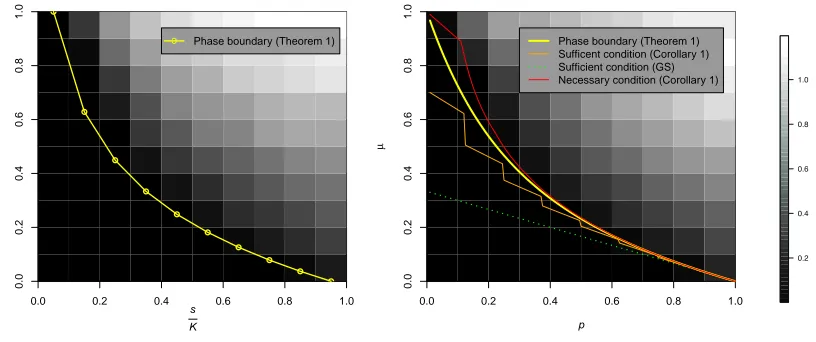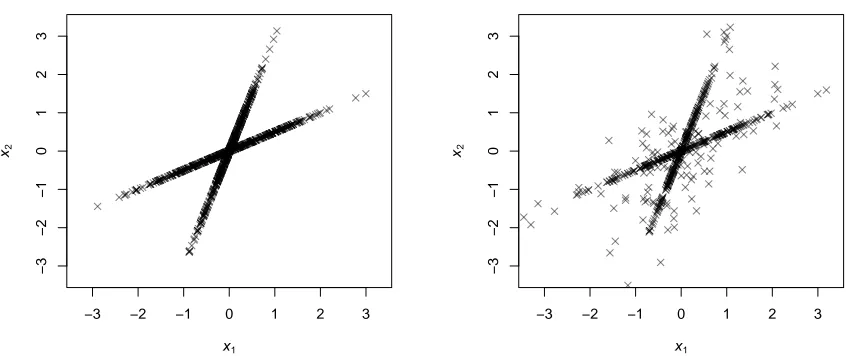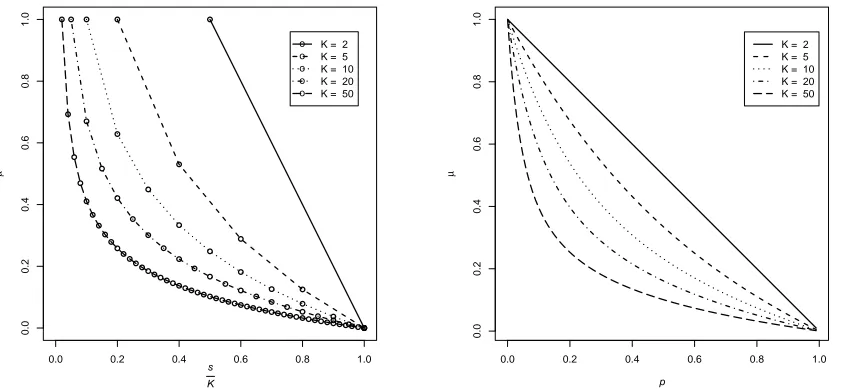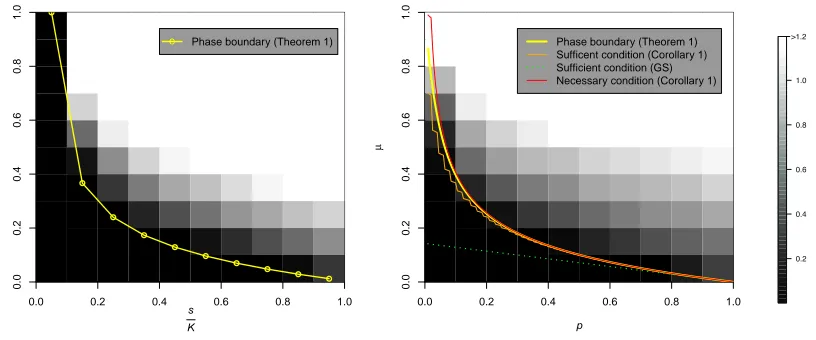Local Identifiability of $\ell_1$-minimization Dictionary Learning: a Sufficient and Almost Necessary Condition
Full text
Figure




Related documents
Implementation of character values in lesson plan based on the curriculum 2013 by the theme of energy and changes in the sub-theme of energy changes, from the
This action research was developed to measure parent's increased level of knowledge on the content presented, as well as increased confidence in applying the strategies at home with
Dynamic response of the temperature resistance thermometer PT-100 (A) and fiber optic microsensor (B, C) to temperature changes between the beakers with water kept at 55 ◦ C, 22 ◦ C
Aim: the aim of this study was to induce obesity in rats using the neonatal overfeeding protocol and evaluate in adult male animals standard chow intake, sweet food intake,
The aim of this work is to test the present status of the theory of stellar evolution in binary systems by computing a set of evolution ary tracks in order to reproduce the
The S-W entropy coder is based on the syndrome-based channel coding using LDPC codes, similarly to what has been proposed in [ 16 ]; the coder is improved by the selective use of
The approach includes a component called Provenance Col- lector Agent (PCA), which captures, stores and interconnects provenance data of distinct granularity, related both to